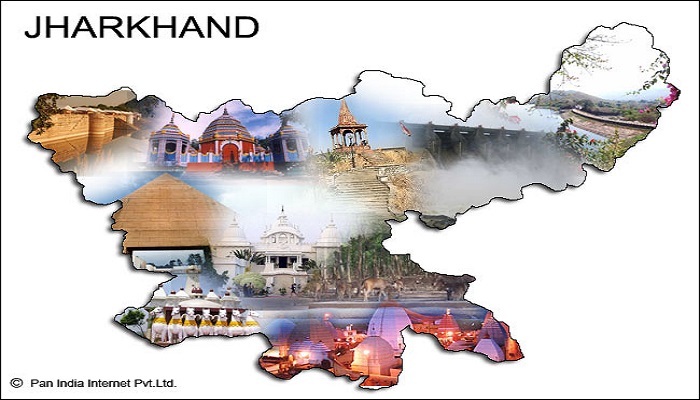Welcome To Jharkhand Tourism
Jharkhand state was formed on 15 November 2000 after almost half a century of people's movements to evolve a Jharkhandi identity, which disadvantaged societal groups articulated to augment political resources and influence the policy process in their favour. It is the 28th state of India. The Jharkhandi identity and the demand for autonomy was not premised solely on the uniqueness of its tribal cultural heritage but was essentially a fallout of the failure of development policy to intervene in socio-economic conditions of the adivasis and non-adivasis in the region.
The dynamics of resources and the politics of development still influence the socio-economic structures in Jharkhand, which was carved out of the relatively under developed southern part of Bihar. According to the 1991 census, the state has a population of over 20 million out of which 28% is tribal while 12% of the people belong to scheduled castes. Jharkhand has 24 districts, 260 blocks and 32,620 villages out of which only 45% are electrified while only 8,484 are connected by roads. Jharkhand is the leading producer of mineral wealth in the country after Chattisgarh state, endowed as it is with vast variety of minerals like iron ore, coal, copper ore, mica, bauxite, graphite, limestone, and uranium. Jharkhand is also known for its vast forest resources.
Although Hindi is the state language, the people of Jharkhand speak a number of languages belonging to three major language families: the Munda languages which include Santhali, Mundari, Ho, Kharia, Bhumij; the Indo-Aryan languages which includes Bengali, Oriya, Maithili, Nagpuri, Sadri, Khortha, Kurmali and Panchpargania; and the Dravidian languages which include Oraon (Kurukh), Korwa, and Paharia (Malto). Santali is spoken predominantly in Dumka, Jamtara, Pakur, Godda, Sahibganj and in parts of East Singhbhum and Saraikela-Kharsawan distrcits. Mundari is spoken mainly in Khunti and parts of Ranchi, West Singhbhum, Gumla, Simdega and Latehar districts. Ho is mainly spoken in West Singhbhum and Saraikela-Kharswan districts. These three languages can be considered as sister languages as all of them are grammatically similar and 80%–90% of the words used are same.


